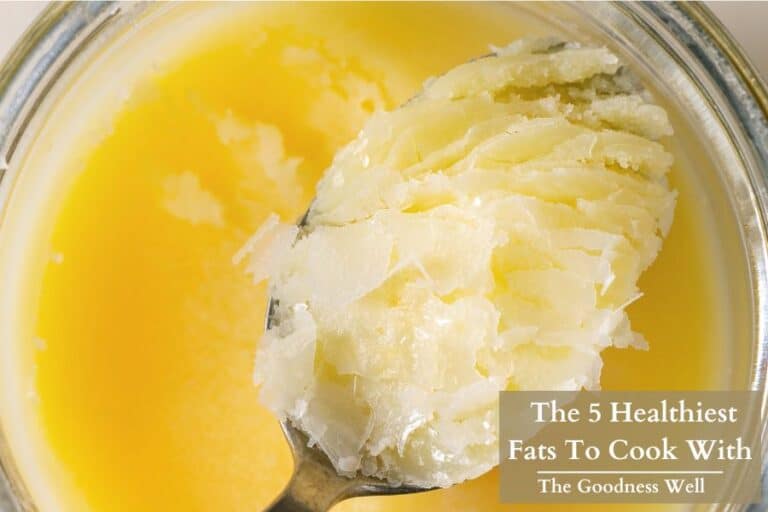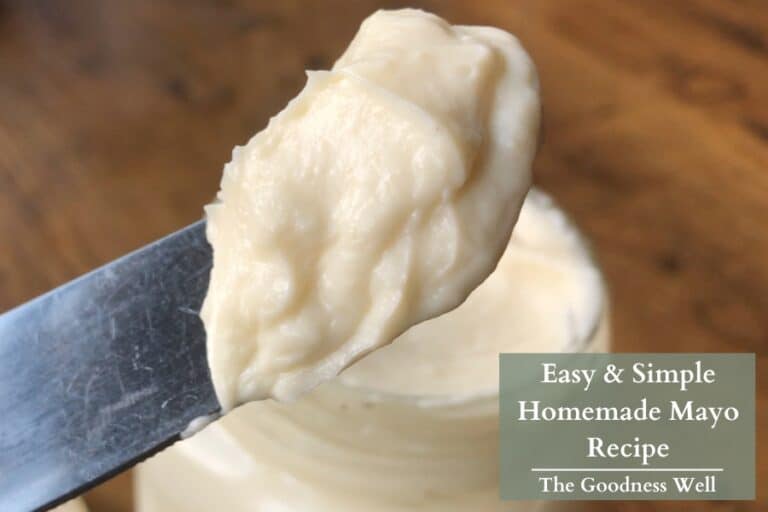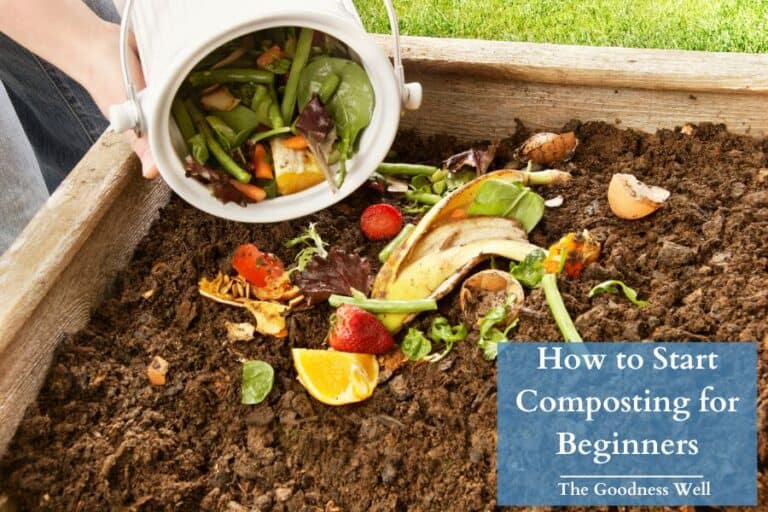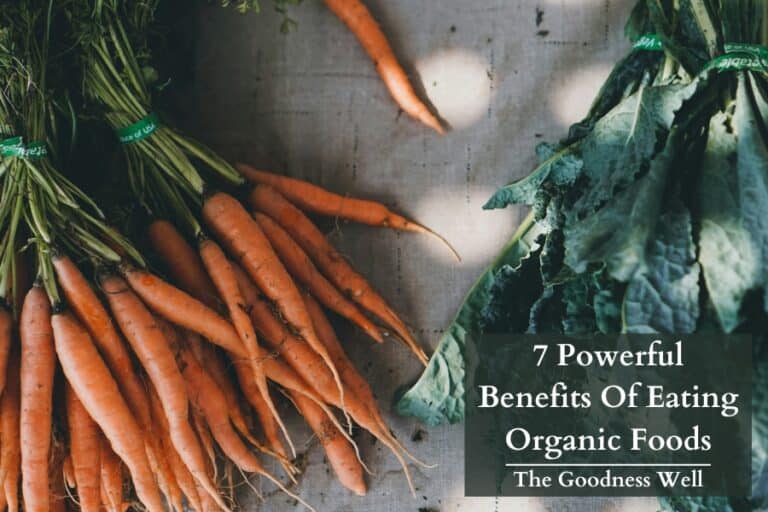The 15 Best Prebiotic Foods You Should Be Eating
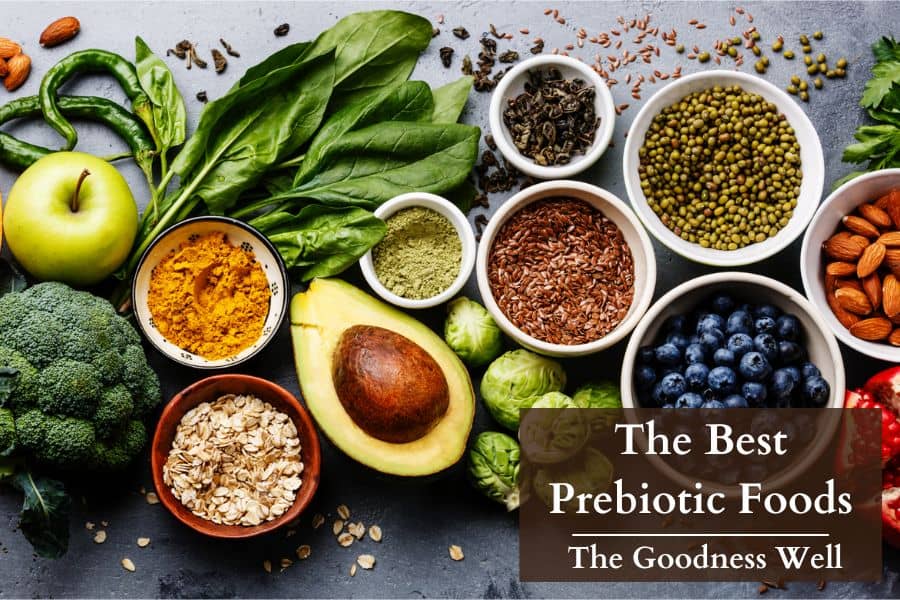
You’ve probably heard of probiotics, those foods rich in beneficial bacteria that help keep your gut healthy, but did you know eating your fair share of prebiotic foods is just as important?
“Prebiotics?” “What are those?”
Prebiotics are a type of fiber that humans can’t break down but good bacteria in your gut can. When these fibers reach your colon, probiotics (the beneficial bacteria in your gut) ferment them, using them as a food source to grow and multiply.
This helps maintain a balanced microbiome, which supports digestion, immunity, and overall health.
Well, let’s get right to the best prebiotic foods, why they are the best, and some easy ways to incorporate them into your diet as well.
Here we go!
Best Prebiotic-Rich Foods
1. Garlic

Why We Love It:
Rich in Inulin and other fermentable fibers that promote the growth of good bacteria in the gut.
How to Add It to Your Diet:
You can cook with garlic in all types of ways!
Whether mincing it and adding it to sauces, soups, or veggies, you can add extra flavor to so many dishes while getting a great source of prebiotic fibers.
2. Bananas (unripe)

Why We Love It:
Unripe bananas are rich in resistant starch, which good gut bacteria love!
Just ensure it is green and unripe as the more yellow and ripe a banana becomes, the less fiber and more sugar it has.
How to Add It to Your Diet:
I love adding bananas to my smoothies, oatmeal, and even baked desserts!
3. Onions

Why We Love It:
Onions are packed with inulin and FOS, great sources of prebiotics that feed probiotics, strengthen the gut microbiome, and reduce inflammation.
How to Add It to Your Diet:
Sautee on the stove and add to almost any meal or add to a salad raw
4. Chicory Root

Why We Love It:
Chicory root is one of the richest sources of inulin, a dietary fiber that is perfect for promoting the growth of good gut bacteria.
How to Add It to Your Diet:
While I still love my coffee, I started experimenting with chicory root as a caffeine-free coffee substitute some years ago.
It really does taste similar to coffee! It has a somewhat nutty/woody taste to it.
The only downside is it is a bit expensive compared to coffee, but well worth a cup or two a few times a week!
I recommend the Teeccino brand, which you should be able to find at most of your health food stores including Sprouts or Whole Foods.

You can also find chicory root in prebiotic supplements as well.
5. Jerusalem Artichokes (Sunchoke)

Why We Love It:
Jerusalem artichokes are another rich source of inulin and are becoming known as a gut health powerhouse food.
And no, these are not the green artichokes you would think of when you think of artichokes. They actually aren’t related at all!
In terms of their shape and texture, they are actually similar to a potato much more than a traditional artichoke.
How to Add It to Your Diet:
You can cook sunchokes in many ways, including roasting, baking, boiling, or steaming. Just cook and add on the side of any meal
6. Asparagus

Why We Love It:
Yet another rich source of inulin! It feeds those good gut bacteria which improve digestion and overall gut health.
How to Add It to Your Diet:
Asparagus is another veggie you can cook almost any way but my favorite way is to simply top with olive oil, salt, and pepper and bake them in the oven for about 12-15 minutes.
Add them to the side of any dish!
A (not so) fun fact about asparagus is that when eaten it can make your urine smell like sulfur due to the breakdown of asparagusic acid (which gets broken down into sulfur containing byproducts). Don’t worry though, this is normal!
Other than this, I love me some asparagus!
7. Dandelion Greens

Why We Love It:
High in fiber and inulin which nourish probiotics to balance the gut microbiome.
How to Add It to Your Diet:
Perfect for any salad! Next time you plan on grabbing some lettuce or spinach, grab some dandelion greens instead.
8. Leeks

Why We Love It:
Leeks are in the onion family but are a milder version compared to a traditional onion.
If you feel onions are a little too strong, leeks are just for you.
Leeks are rich in inulin and also contain many vitamins and minerals including A, C, and K, even furthering its benefits for you and your gut.
How to Add It to Your Diet:
Use leeks just like you would onions, sauteeing and adding to soups, stews, or just simply as a side dish on any meal.
9. Apples

Why We Love It:
I mean, who doesn’t love apples?
They are a great source of pectin, which is another type of fiber that can reach the small intestine and feed those beneficial gut bacteria.
How to Add It to Your Diet:
As a snack of course! Simply eat an apple or chop one into a salad.
And of course, you can always bake with them if you want to live a little!
10. Oats

Why We Love It:
Oats are high in beta-glucan, a type of soluble fiber that feeds beneficial gut bacteria and is also linked to reducing the risk of heart disease.
How to Add It to Your Diet:
Oats are so versatile as they can be used so many different ways including:
- Overnight oats
- Add into a smoothie
- Blend and use as a substitute for any flour
- Easy to use in no-bake recipes
11. Barley

Why We Love It:
Barley is another rich source of beta-glucan, helping balance your gut microbiome while reducing inflammation.
How to Add It to Your Diet:
You can think of barley as a rice or quinoa substitute so feel free to use it as a base for any dish or even add it into soups, stews, or salads.
12. Flaxseeds

Why We Love It:
Flaxseeds are a rich source of mucilage, another type of soluble fiber that can aid in gut healing while giving you a great source of prebiotics.
How to Add It to Your Diet:
Add into yogurts, salads, smoothies, or even desserts!
13. Seaweed

Why we love It:
Seaweed is a unique source of prebiotics as it contains agar and carrageenan which help stimulate the growth of probiotics like Lactobacillus and Bifidobacterium.
It also contains essential nutrients like iodine, antioxidants, and polyphenols which help fight inflammation.
How to Add It to Your Diet:
Roasted seaweed is a great low-calorie, tasty, prebiotic-rich snack that you can take with you almost anywhere!
14. Berries

Why We Love It:
Because who doesn’t love berries?
I have always crowned berries as the best fruit as they are low in sugar, high in polyphenols which reduce inflammation, and high in soluble fiber which feeds healthy microbiota.
How to Add It to Your Diet:
- Add as a topping to yogurt or oatmeal
- Mix into any smoothies
- Simple grab a handful and enjoy like I do
15. Cocoa

Why We Love It:
Cocoa is not only a great source of polyphenols which help promote the growth of healthy gut bacteria, it is also surprisingly a good source of probiotic-feeding fiber.
How to Add It to Your Diet:
Use raw cocoa powder in smoothies, or baking, or even use it to make hot cocoa!
And there you have it!
Start incorporating these foods into your diet this week to get all the benefits they have to offer for your gut. It will thank you for it.
And let us know any of your favorite prebiotic foods and/or ways you like to use them!


